Exploring the Wonders of Phong Nha Ke Bang: A UNESCO World Heritage Site
In the heart of Vietnam, there is a UNESCO World Heritage Site who has the name: Phong Nha Ke Bang. It is well known for its breathtaking karst scenery, complex cave networks, and abundant biodiversity. An overview of Phong Nha Ke Bang is below:
Location and Access:
About 500 kilometers south of Hanoi, in the province of Quang Binh, is where you’ll find Phong Nha Ke Bang National Park. The park is easily reachable by car or air and has an area of about 857 square kilometers.
Karst Landscape:
The spectacular karst landscape of Phong Nha-Ke Bang is made up of limestone mountains, underground rivers, and vast cave systems. The untamed nature offers breathtaking views and opportunities for outdoor activities including hiking, trekking, and photography.
Cave Systems:
Within the park we can find Son Doong, the largest known cave in the world, as well as Paradise Cave, Phong Nha Cave, and numerous other caves. Amazing rock formations, stalactites, stalagmites, and other distinctive geological characteristics in these caves draw explorers and adventure seekers from all over the world.
Son Doong Cave:
We found Son Doong Cave in 1991 – a magnificent masterpiece, and made accessible to tourists in 2013. It is renowned for its enormous chambers, subterranean rivers, and stunning formations. Due to its isolation and difficult terrain, Son Doong Cave exploration necessitates a guided trip.
Phong Nha Cave:
Phong Nha Cave, one of the most famous caves in the area, offers a mesmerizing underground river journey. Visitors can take a boat ride through the cave, marveling at its impressive stalactites and stalagmites while enjoying the serene beauty of the surrounding nature.



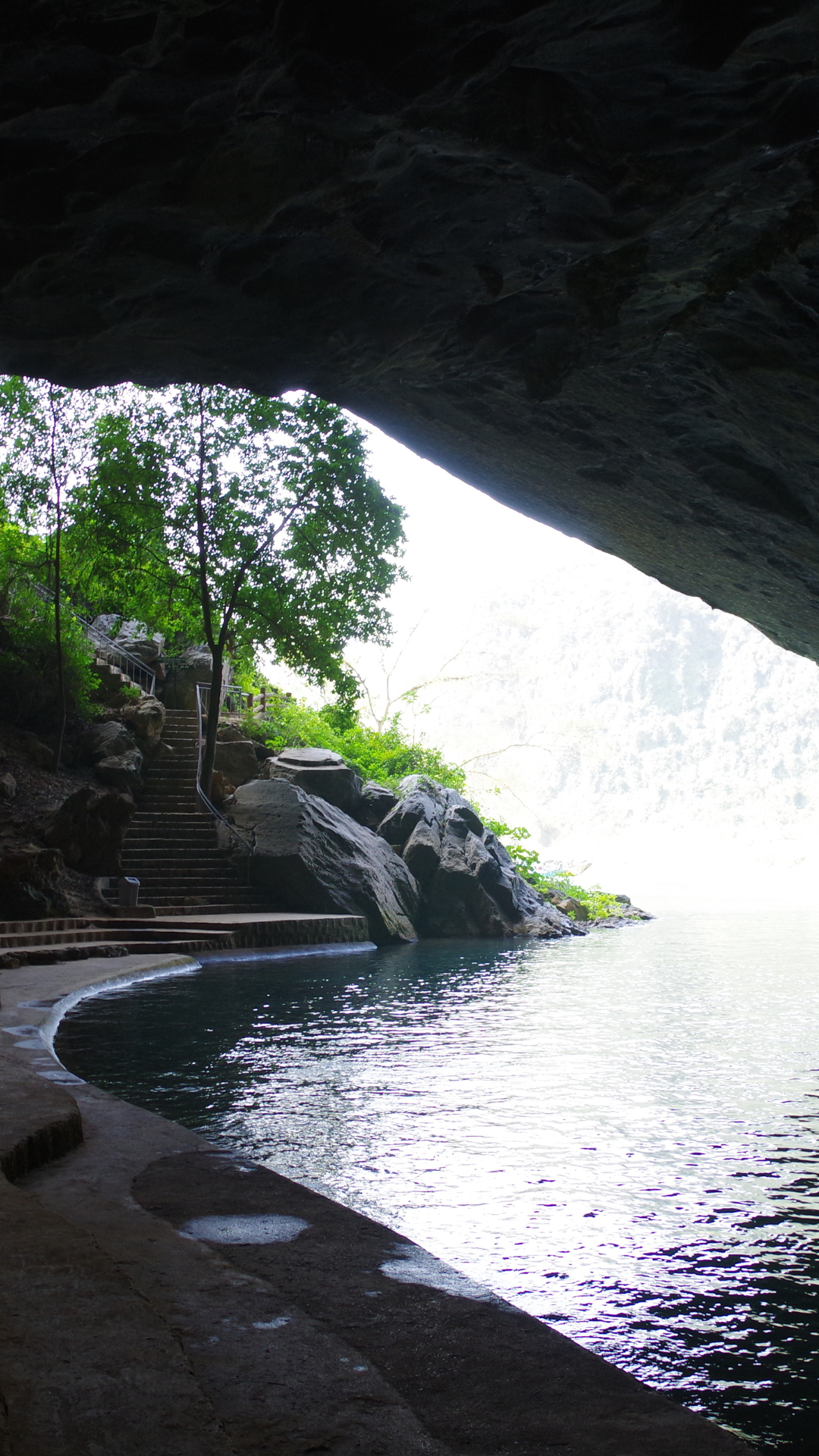
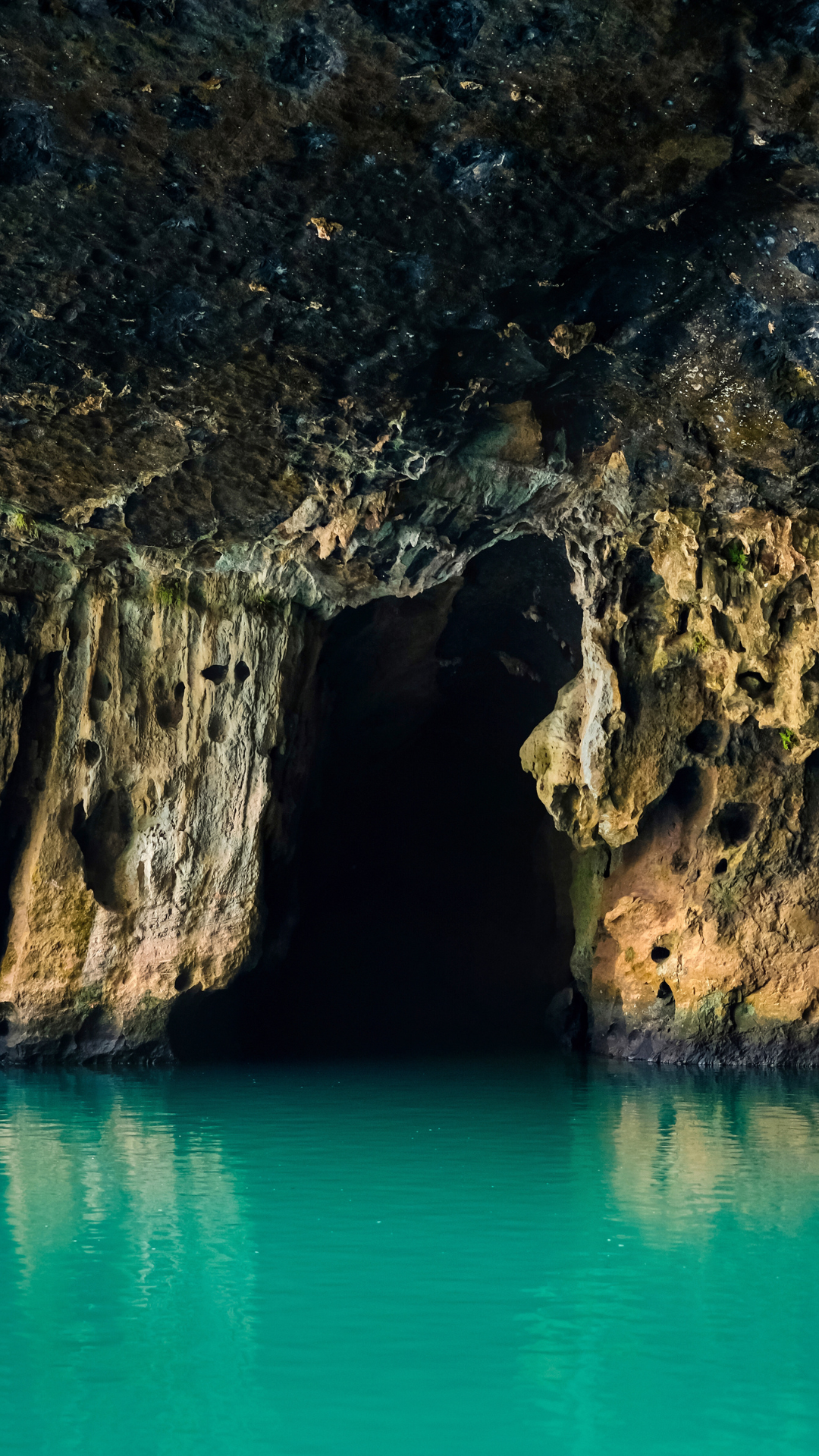

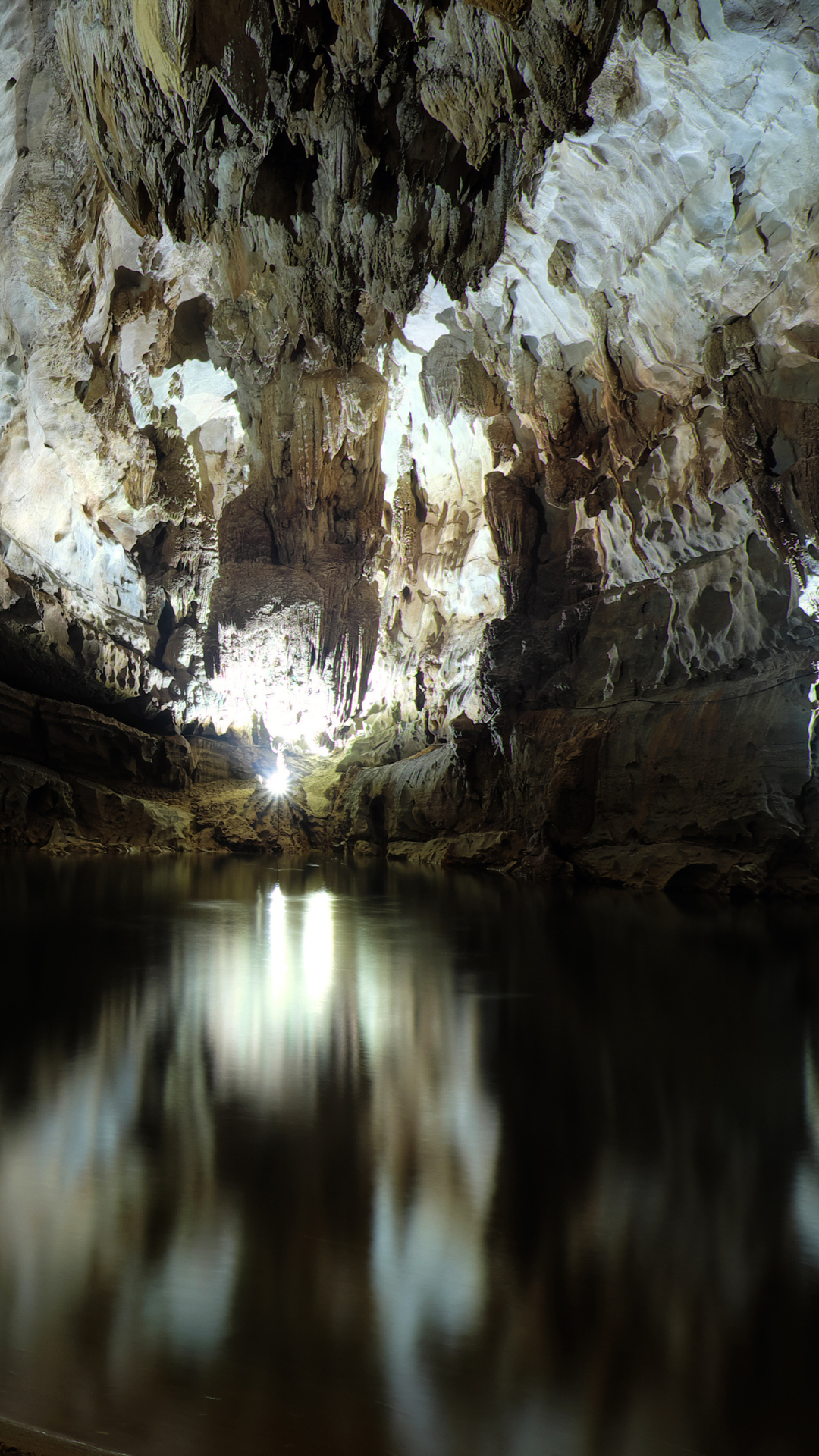
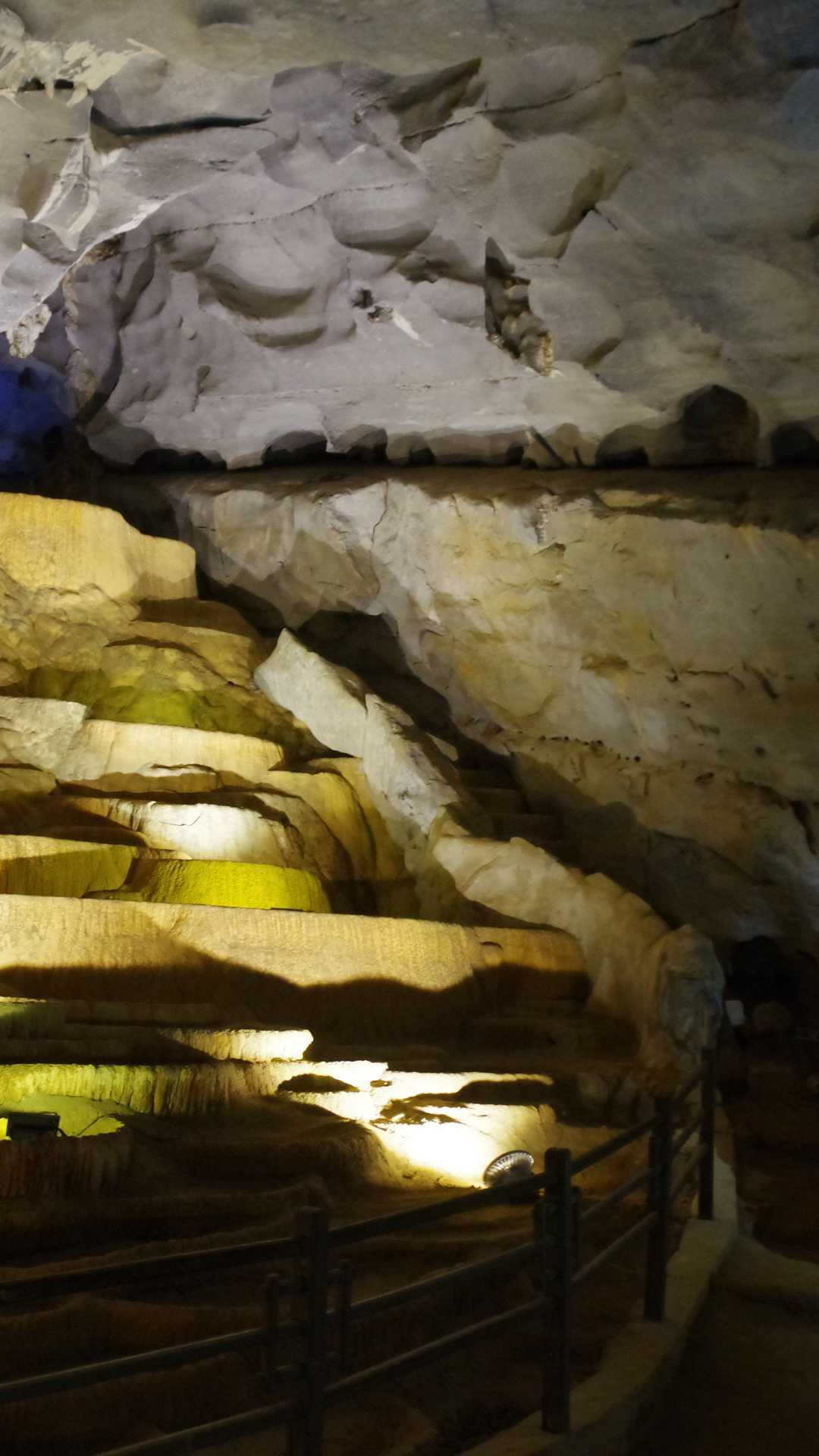
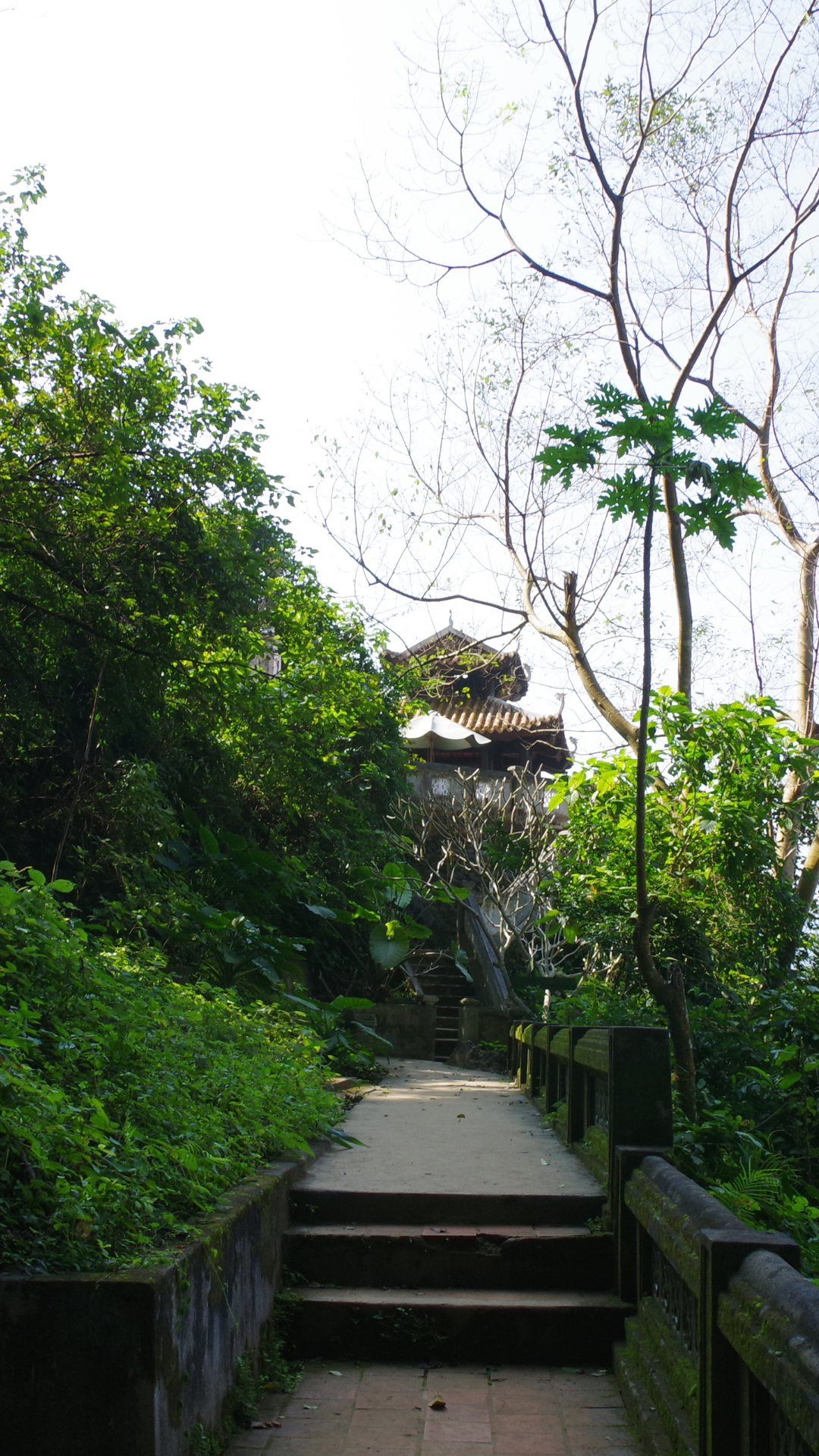
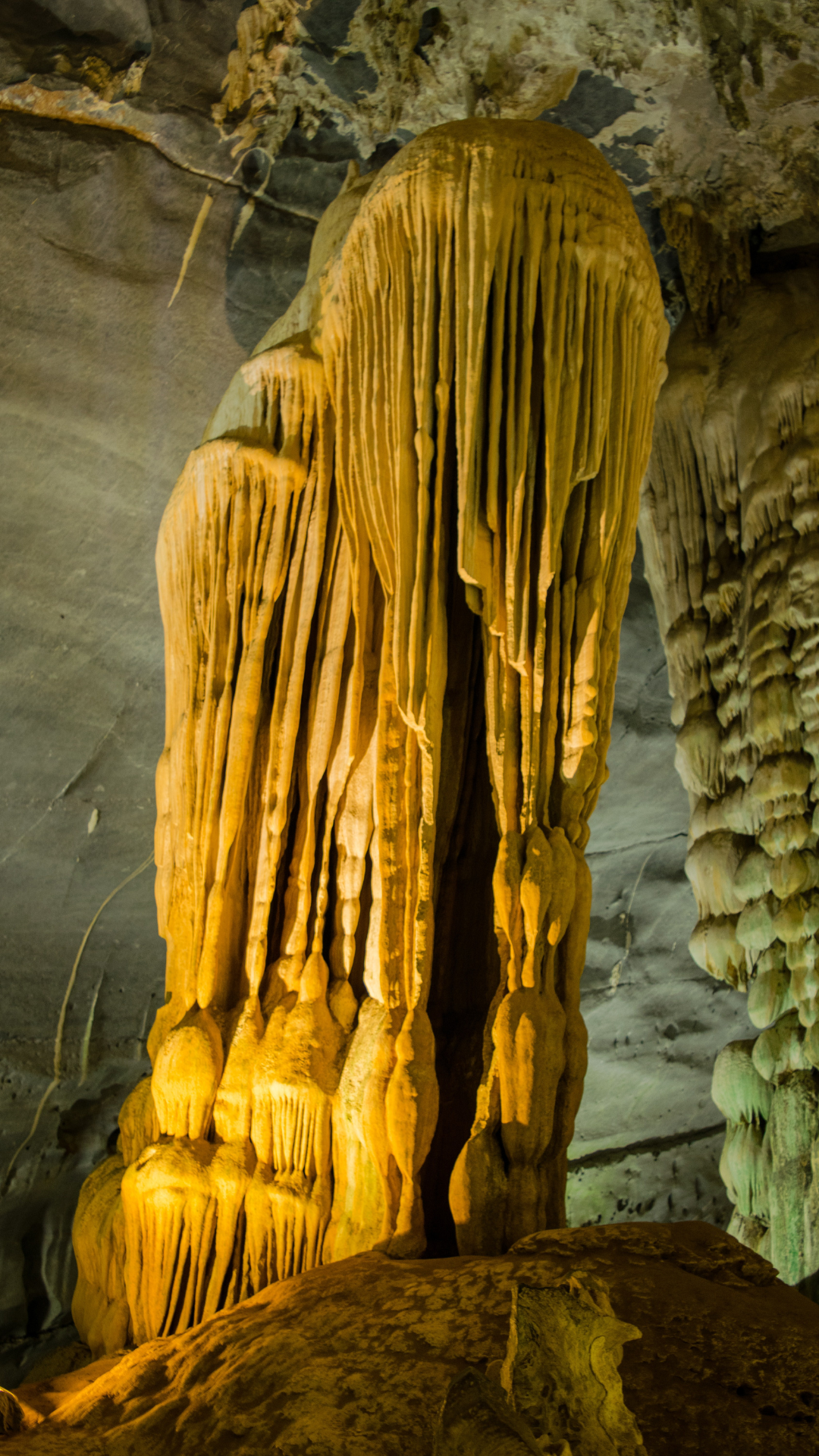


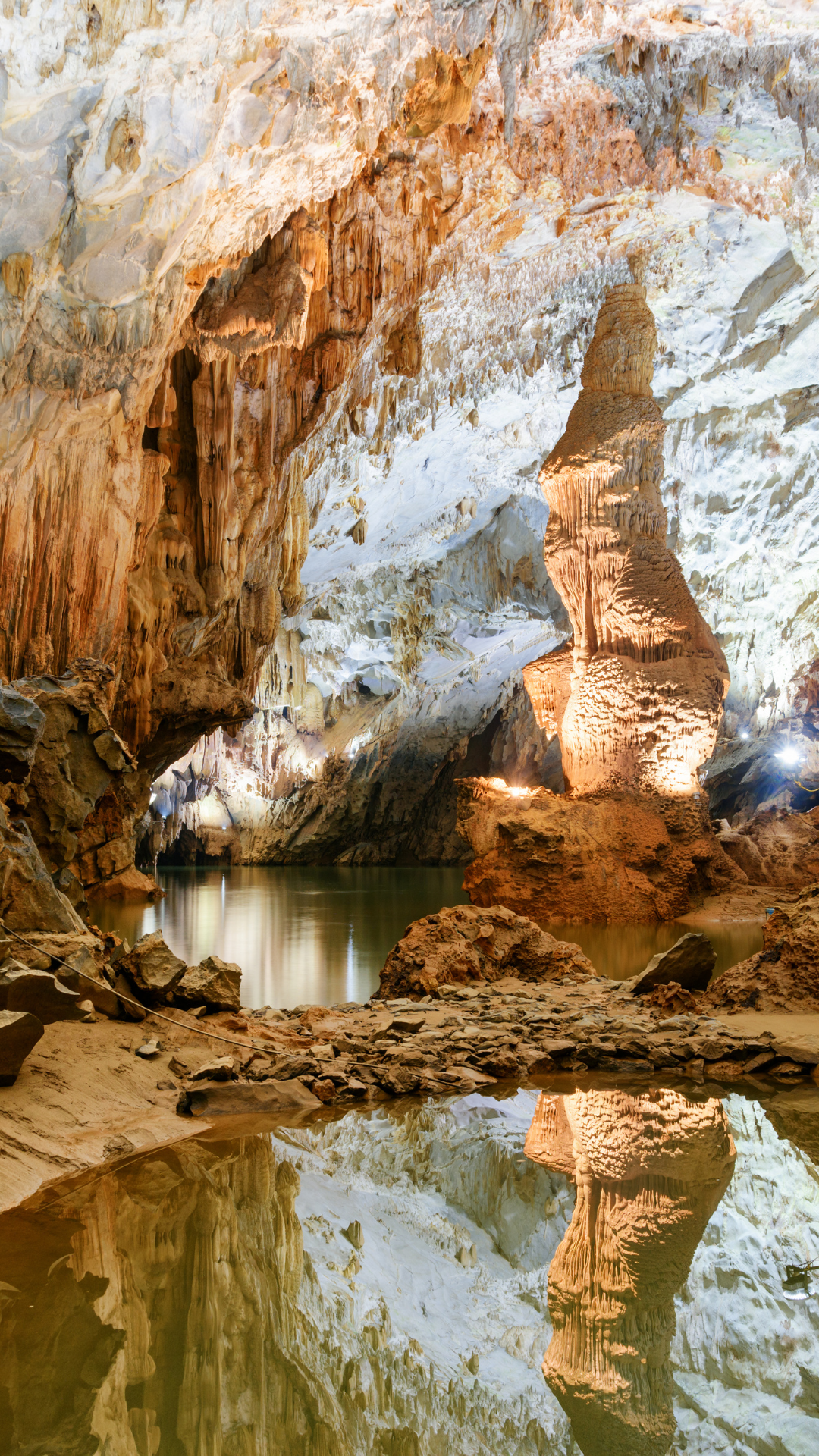
Biodiversity and Conservation:
Recognized as a hotspot for biodiversity, this place is home to a diverse variety of flora and wildlife. The Saola, a critically endangered antelope-like mammal, is one of many endangered species that the park protects. The park’s distinctive ecosystem is protected and conserved, and sustainable tourist methods are encouraged.
Adventure Activities:
For thrill-seekers, Phong Nha Ke Bang provides a range of adventurous activities. Trekking, ziplining, kayaking, and caving are all available to visitors. These activities offer possibilities to seek hidden jewels within the karst environment and to immerse oneself in the natural beauty of the park.
Local Communities:
Local communities, notably the Bru-Van Kieu and Chut ethnic minorities, call the park home. The opportunity to interact with these villages provides an opportunity to learn about their traditions, customs, and way of life, enriching the Phong Nha-Ke Bang experience culturally.
Tourism and Infrastructure:
The region’s tourism infrastructure has grown throughout time, offering lodging options that range from affordable guesthouses to opulent resorts. The main tourist destination is Phong Nha Town, which provides a range of services such dining establishments, coffee shops, and tour guides.
Recognitions and Conservation Efforts:
This National Park has had numerous award, including the 2003 designation as a UNESCO World Heritage Site. To maintain the park’s natural and cultural history for future generations, conservation activities concentrate on environmentally responsible tourism, community engagement, and environmental preservation.t
Phong Nha Ke Bang is a must-visit location for nature lovers, explorers, and those looking for an up-close interaction with Vietnam’s varied landscapes due to its remarkable combination of natural wonders, adventure, and cultural experiences.